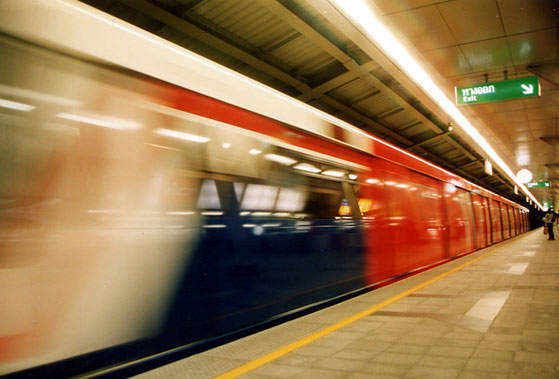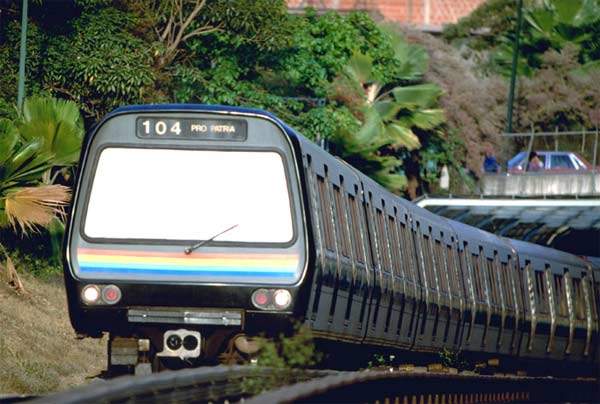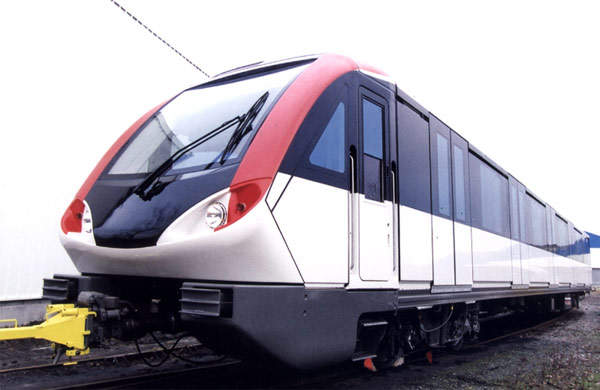Overstretched rail and road networks have created an urgent need for a suitable high-capacity transport system within the Indian city of Mumbai, formerly known as Bombay.
The existing suburban railway network, which is not designed for mass transit, has to cope with those travelling into the city every day. In the 1950s, Mumbai enjoyed an extensive public transport system, with trams, rail and bus services adequately coping with demand.
In recent times, however, commuter transport has become hazardous with severe overcrowding and greater road use. Even with the need for a rethink, around 80% of journeys in Mumbai are made using public transport, mainly by train and bus, and the closure of the tramway in the 1960s is now seen as a major planning error.
There are 26 cities in India proposing to build high-capacity metro systems, with Mumbai the latest to reach the construction stage.
Mumbai Metro rail system project details and planned timeline
The Mumbai Metropolitan Region Development Authority (MMRDA) planned the Mumbai Metro to be a 146.5km rail-based mass rapid transit system.
The project’s master plan execution has been planned in three phases. Phase I covers a total length of 62.68km. It includes the 11.07km Versova-Andheri-Ghatkopar route, the 20km Colaba-Bandra section and 31.8km Charkop-Bandra-Mankhurd route.
Phase II has been planned to cover the 7.5km Charkop-Dahisar route, the 12.5km Ghatkopar-Mulund route and 19.5km BKC-Kanjurmarg via Mumbai Airport sections. Phase II will be executed in 2012-2017.
Phase III will include the development of the 18km Andheri East-Dahisar East route, the 21.8km Flora Fountain and Ghatkopar and an underground section route. Phase III will be executed in 2016-2021.
In June 2006, Prime Minister Dr Manmohan Singh laid the first stone for the first phase of the Mumbai Metro, which comprises a three line high-capacity metro system spanning 63km.
When it opens, the new system will slash journey times on the 11km east-west corridor from 90 minutes to just 21, crossing densely populated areas and major industrial locations.
The first line (phase I) connecting the regions of Versova, Andheri and Ghatkopar (VAG) is under construction. As of September 2011, 80% of a three kilometre Versova-Azad Nagar section of phase I construction was completed, with that section expected to be operational by the end of 2012.
Reliance Industrial Infrastructure Limited (RIIL), formerly Reliance Energy (REL), as part of a consortium involving European rail operator Connex, the Mumbai Metropolitan Regional Development Authority, Hong Kong’s MTR and France’s Veolia Transport, won the build-own-operate-transfer contract for this route at a fee of INR23.5bn ($510m).
This will see the consortium manage the first three metro lines for 35 years before being transferred to a new operator. The Indian Government is funding INR6,500m in viability gap funding. A special purpose vehicle, Mumbai Metro One, was created by RIIL for implementing phase I.
Phase II, which will connect Charkop, Bandra and Mankhurd, has been awarded to the consortium made up of RIIL, SNC Lavalin, Canada and Reliance Communication. The contract, in which the consortium was the only bidder, was awarded in August 2009, at a fee of INR110bn (approximately $2.3bn). RIIL expects the phase II route to be operational by 2015, although the execution plan indicates project completion for 2016.
The third metro line (phase III) is still underway and consists of two elevated and 14 underground stations. In February 2009, plans were made to construct shopping complexes, with the MMRDA calling for investment in these plans.
Infrastructure of the major Indian public transport network
The first 11km route of the Mumbai Metro will run east-west through the city between Versova and Ghatkopar, with 12 stations, entirely on an elevated formation. With such freedom and the capacity to handle 60,000 passengers an hour, it will cut journey times through the densely populated areas.
Construction of line one was due to start in late 2006, but financial issues surrounding the granting of viability gap funding delayed the progress from November 2006. Construction finally began in February 2008. In June 2009, a construction control room was set up for the VAG corridor.
RIIL aimed to complete the construction in three years, and expected to open the line in 2011. However, the first route was further delayed and only a three kilometre section is expected to be operational in 2012. The entire first phase will be completed in 2016. A second phase will aim for two further lines reaching a total of 63km, but the ultimate plan is for a network spanning 146.5km. This could cost INR360bn ($8.03bn) and include 114km of elevated running, plus 32.5km of underground operation.
In line with the Railway Ministry’s standards, the Mumbai Metro will be built using the standard broad gauge of Indian Railways – 1,676mm gauge – throughout. ABB will be responsible for the power systems and traction electrification on line one.
The system will have a major effect on the prosperity of Mumbai. Even though major ground works have not commenced yet, there is already speculation that property prices along the metro routes will rise significantly over the coming years.
In April 2011, construction of a skywalk at Indian Oil junction on metro line one and line two junctions was proposed by MMRDA.
Spanish firm Indra has been roped in by the metro authority for construction of a ticketing facility for the VAG line. There are proposals to introduce ticketing through smart card system and direct debit card payment system.
Rolling stock to run on the metro in Mumbai, Maharashtra
RIIL consulted major rolling stock builders to provide the new train fleet for Mumbai Metro. Kawasaki (Japan), Alstom (France), Siemens (Germany) and Bombardier were on the list of suppliers considered for the project.
Nanjing SR Puzhen Rail Transport (NPRT) was chosen as the supplier. NPRT is a joint venture between CSR Nanjing Puzhen Rolling Stock, Midas, Sanpower Group, the Nanjing New and High Tech Development Zone General Company and Capital Operation.
A fleet of 18 locomotives will be delivered as per a contract signed in May 2008. The trains will be supplied as part of a INR6bn ($133.8m) contract. These will be the first domestically produced Chinese trains delivered to India.
For passenger comfort, the trains will feature air-conditioning and the aim is to develop trains capable of carrying up to 1,500 passengers in a four-car unit. With the input of the Delhi Metro Corporation and Hong Kong MRT, the new trains are likely to follow similar standards to those already in operation in those major cities.
Onboard power supply, control and data cables for the rolling stock of phase I will be installed by a French company Nexans under a subcontract from NPRT.
ContiTech Railway Engineering will provide its state-of-the-art primary and secondary air suspension systems for the entire rolling stock fleet.
Signalling and communications along the MMRDA’s metro lines
Mumbai Metro will feature the latest signalling technology, including automatic train protection (ATP) and automated signalling to control the high-volume of train movements on the 11.07km route. A four-minute interval service is anticipated on the route.
Siemens will supply the signalling systems required for the project, while Thales will supply the required communication systems. Motorola will supply its scalable Dimetra IP system, an enhanced IP-based TETRA solution which ensures mission-critical digital radio communication across the rail networks.
The project is focusing on the development of an environmentally friendly system to become Asia’s first Green Metro, right from the construction stage. A detailed environmental impact assessment and feasibility study to certify the project for LEED have been undertaken.
Even though work is progressing on the first line of the Mumbai Metro, ambitious plans are in place to establish the system into a nine-line network by 2021.










